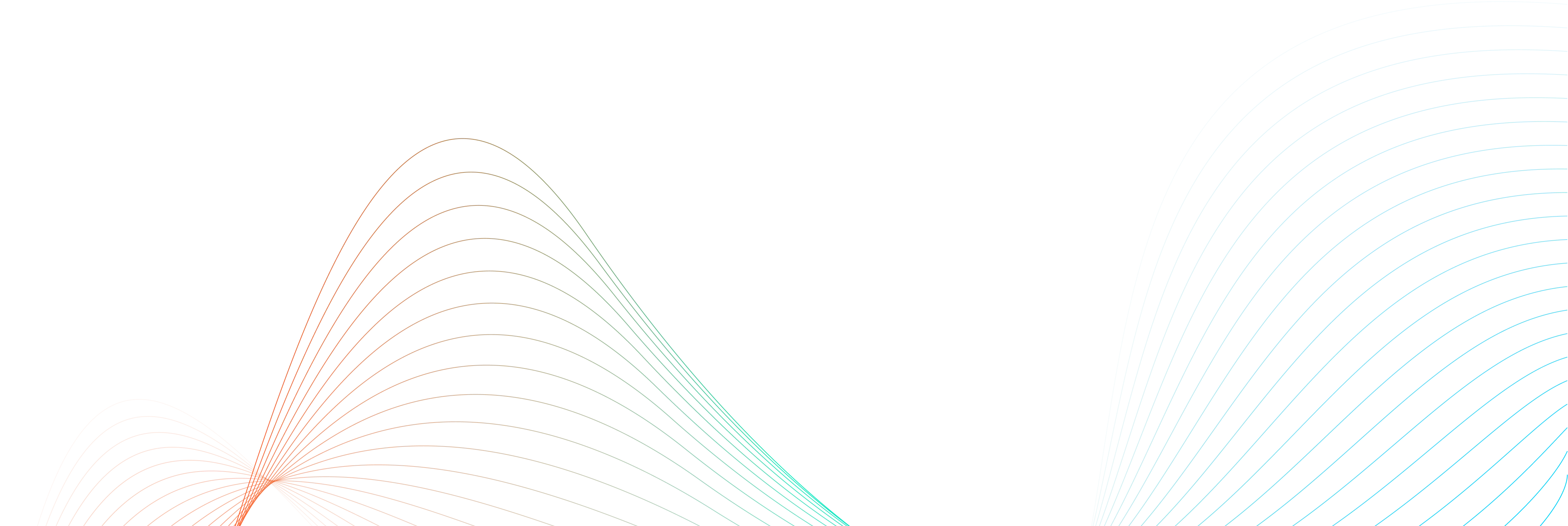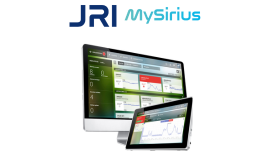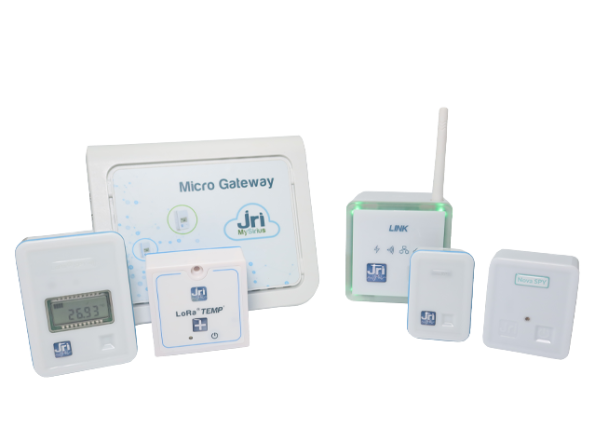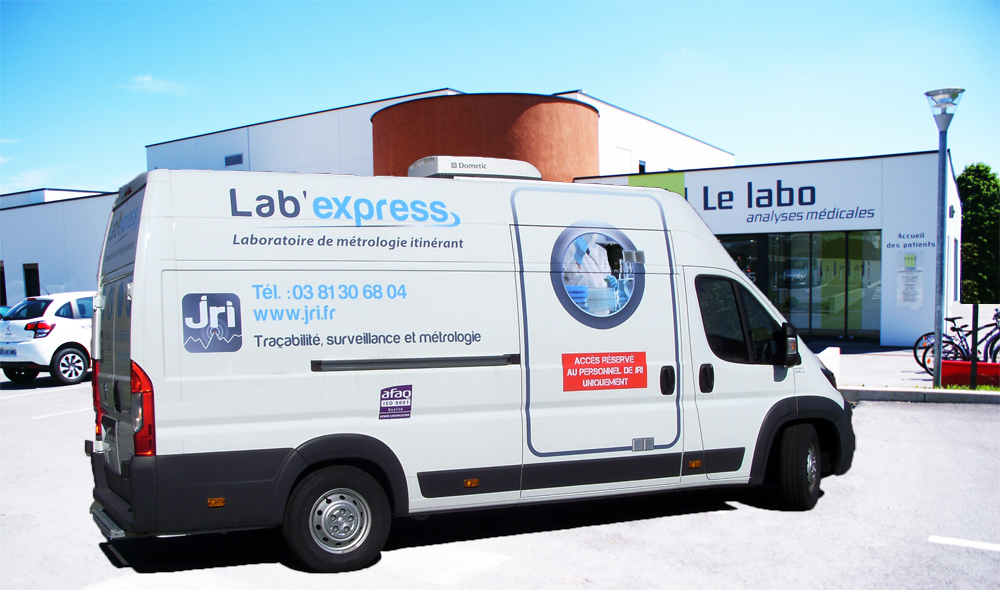Frequently asked questions (FAQ)


JRI MySirius

Sensors and equipment

Installation

Compliance and standards

Services and support

Metrology
Calibration
MySirius
The solution relies on a network of wireless sensors that measure temperature and other parameters. The collected data is then transmitted via private or public gateways and processed on a web application or dedicated mobile applications.
The platform allows, among other things, to:
Yes, JRI MySirius is compatible with the Labguard range, allowing existing users to maintain and evolve their monitoring systems. The data can also be integrated into third-party software via a webAPI.
Yes, data hosting can be done on JRI’s secure cloud or on your own servers. JRI-MySirius Cloud platform uses Microsoft’s Azure solution, which is ISO 27001 certified and approved for health data storage.
The data is accessible via JRI-MySirius web application or dedicated mobile applications, allowing real-time consultation and access to measurement history.
The data upload frequency is configurable according to needs and the type of sensor used. Contact JRI for more technical details.
Sensors and equipment
The Nova SPY, Nano SPY, and LoRa SPY sensors are all wireless data loggers. The main difference lies in the communication technology used:
Nova SPY and Nano SPY: use a proprietary radio frequency to communicate with a receiver called LINK that transmits data to the software. They are ideal for use on sites with a high concentration of equipment to monitor, such as laboratories.
LoRa SPY: use LoRaWAN technology. This gives them greater range, making them perfect for extended sites.
The battery life varies according to the model and usage conditions. Consult the specific technical datasheets for each product.
The range depends on the technology used (proprietary for Nova/Nano SPY, LoRaWAN for LoRa SPY) and environmental conditions. Contact JRI for precise specifications.
Yes. JRI offers solutions specially designed for logistics and transport of temperature-sensitive products. The sensors from the Liberty, Nova and Nano SPY ranges can be installed in packages, trucks or containers for real-time data monitoring and alerts.
Installation and configuration
JRI provides various mounting accessories adapted to refrigeration environments. Consult the product documentation for detailed instructions.
Compliance and standards
Yes, JRI has a COFRAC-certified metrology laboratory (which complies with ISO 17025 standard) for probe calibration.
Yes, JRI offers comprehensive support: equipment qualification, on-site COFRAC calibration, team training, and sensor rotation service to maintain metrological compliance without service interruption.
Services and support
JRI does not limit itself to selling sensors and software. The company offers comprehensive support to help you at every stage of your project, from pre-purchase consultation to long-term maintenance.
JRI offers comprehensive support including pre-sales consulting, installation, training, technical support, and long-term maintenance.
JRI offers a maintenance service and technical support.
Metrology and calibration
JRI-MySirius integrates by default a metrological tracking that simplifies the management of the sensor fleet. With the self-calibration function, the management of metrological operations is automated. It is also possible to activate the optional MySirius Calibration module to be autonomous in carrying out your metrological services.
JRI has a COFRAC-certified metrology laboratory for the calibration of temperature and humidity probes. This accreditation guarantees the reliability and accuracy of measurements. The services include:
The calibration module of JRI-MySirius solution allows to automate the verification process of your sensors. You are guided step by step to perform calibration operations. Once the measurements are completed, the software generates a metrological report under the supervision of a metrologist and records the information securely.
Yes, sensors can be calibrated either in a COFRAC laboratory (equivalent to ILAC certification), on site, or via the self-calibration module.
The Calibration module schedules rotations of COFRAC-certified sensors (equivalent to ILAC certification); the replacement takes less than two minutes and guarantees measurement continuity.